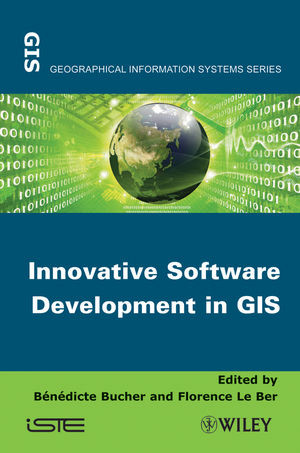

Most ebook files are in PDF format, so you can easily read them using various software such as Foxit Reader or directly on the Google Chrome browser.
Some ebook files are released by publishers in other formats such as .awz, .mobi, .epub, .fb2, etc. You may need to install specific software to read these formats on mobile/PC, such as Calibre.
Please read the tutorial at this link: https://ebookbell.com/faq
We offer FREE conversion to the popular formats you request; however, this may take some time. Therefore, right after payment, please email us, and we will try to provide the service as quickly as possible.
For some exceptional file formats or broken links (if any), please refrain from opening any disputes. Instead, email us first, and we will try to assist within a maximum of 6 hours.
EbookBell Team

5.0
50 reviewsAt a time when people use more and more geographic information and tools, the management of geographical information in software systems still holds many challenges and motivates researchers from different backgrounds to propose innovative solutions.
Representing geographical space beyond our mere perception is key to making relevant decisions, whether it is with respect to sustainable development or to the planning of everyday activities. Designing, sharing and exploiting such representations entails many challenges.
This book presents recent software design projects, led in teams, which sometimes have different backgrounds, to address these challenges. It analyzes the specificities of these projects in terms of motivation, data models and analysis methods. Proposals are also put forward to improve resource sharing in this domain.
Contents
1. Introduction, Benedicte Bucher and Florence Le Ber.
Part 1. Software Presentation
2. ORBISGIS: Geographical Information System Designed by and for Research, Erwan Bocher and Gwendall Petit.
3. GEOXYGENE: an Interoperable Platform for Geographical Application Development, Eric Grosso, Julien Perret and Mickael Brasebin.
4. Spatiotemporal Knowledge Representation in AROM-ST, Bogdan Moisuc, Alina Miron, Marlene Villanova-Olivier and Jerome Gensel.
5. GENGHIS: an Environment for the Generation of Spatiotemporal Visualization Interfaces, Paule-Annick Davoine, Bogdan Moisuc and Jerome Gensel.
6. GEOLIS: a Logical Information System to Organize and Search Geo-Located Data, Olivier Bedel, Sebastien Ferre and Olivier Ridoux.
7. GENEXP-LANDSITES: a 2D Agricultural Landscape Generating Piece of Software, Florence Le Ber and Jean-Francois Mari.
8. MDWEB: Cataloging and Locating Environmental Resources, Jean-Christophe Desconnets and Therese Libourel.
9. WEBGEN: Web Services to Share Cartographic Generalization Tools, Moritz Neun, Nicolas Regnauld and Robert Weibel.
Part 2. Summary and Suggestions
10. Analysis of the Specificities of Software Development in Geomatics Research, Florence Le Ber and Benedicte Bucher.
11. Challenges and Proposals for Software Development Pooling in Geomatics, Benedicte Bucher, Julien Gaffuri, Florence Le Ber and Therese Libourel.